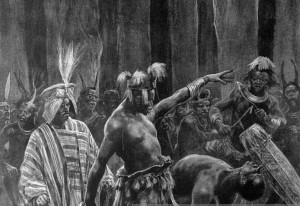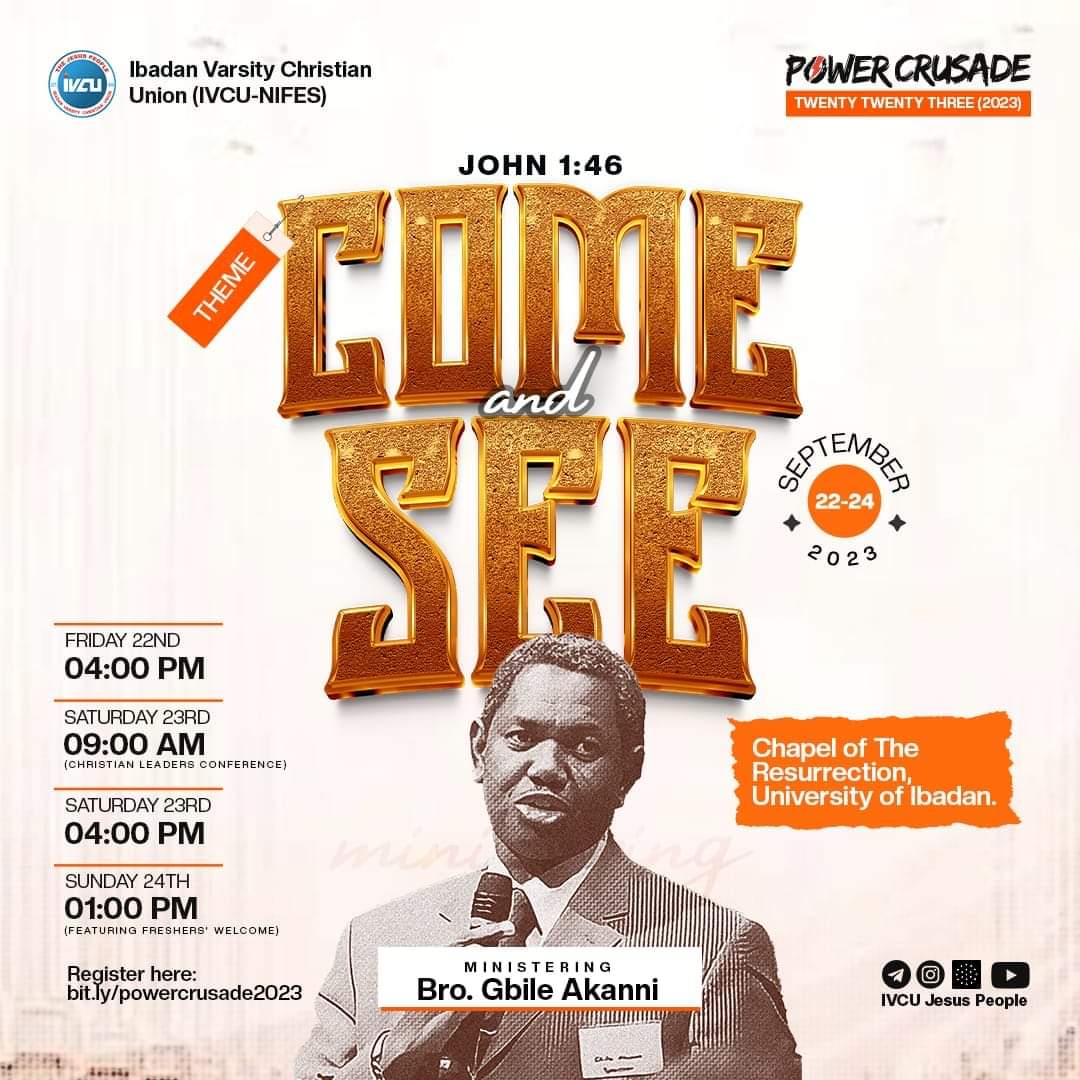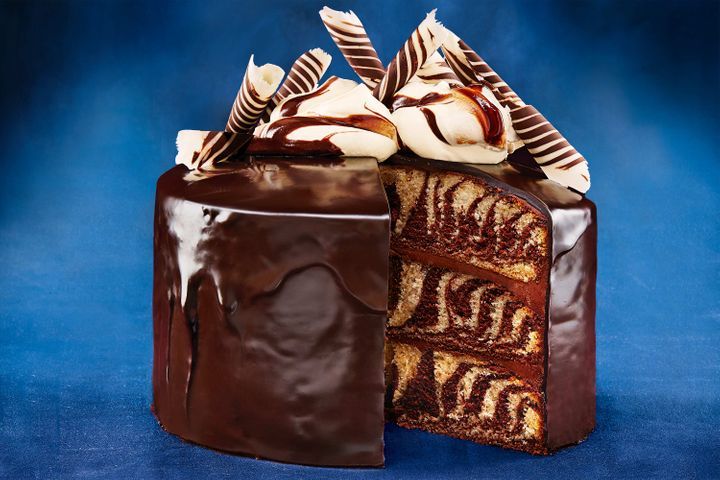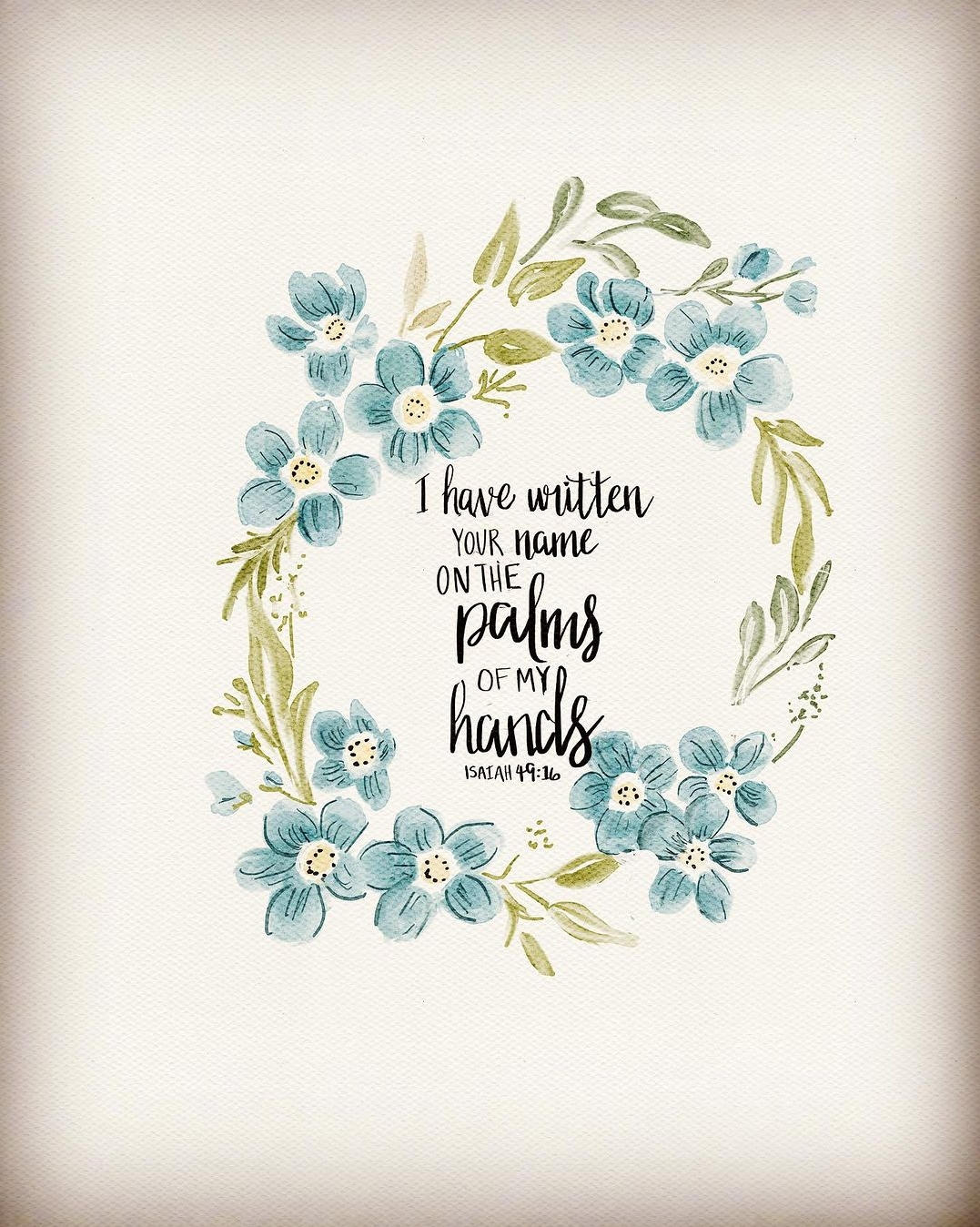Arochukwu is the third largest town in Abia State (after Aba and Umuahia) in southeastern Nigeria. The city, consisting of 19 villages is about 120km from Umuahia and shares common boundary with Ohafia, Akwa-Ibom State. Arochukwu is noted for its richness in staple foods and artifacts, a cultural value which has enrolled the city as one of the tourist attractions Abia State can boast of. The influence of the Aro-Okigbo people in Igbo and Nigeria history was so evident that there is no state in the Southeast and beyond that doesn’t have Aro settlers because the slave era found most Aro people migrating to every part of Nigeria. Wherever they went, they took their culture with them, naturally. The Aro Okporoenyi, Aro Ndizuogu, Aro Ikwere, Aro Yoruba, Aro Ngwa, Aro Izombe, Aro Cameroun, Aro Ajalli, Aro Oru, Aro Nkwesi, Aro Ajatakiri, Aro Ndi Ikelionwu and other Aros settled in different parts of the country. Some 30 different traditional songs and dance steps of the Aro kingdom is now in danger of losing its cultural identity[i] Octogenarian Community mobilizer, Nwannadiya Onwumere from Amangwu-Arochukwu published Tell Your Child A Story Tonight in 2005, a celebrated book on moral values revealing Aro People’s age-old culture and history[ii].
A few personalities have their roots in Arochukwu such as the educationalist, Alvan Ikoku (1900-1971) and the football sensation, Nwankwo Kanu who played for the likes of Ajax and Arsenal in the European football leagues.
Long Juju

Arochukwu boasts several historical tourist sites, most notably the shrine or oracle known as Ibinu Ukpabi, or the Long Juju. What makes this shrine stand out among the other historical sites in the region is the role it played in the slave trade era and thus the impact it made in Nigeria’s history. The shrine is about a kilometre long and existed from the 17th- century. The shrine was administered by a group of cultists, who were led by a chief priest They ran an economic and socio-political ring that effectively controlled the region east of the Niger River, and as such had effect on many people even before the arrival of colonialism. Arochukwu is a famous tourist destination with the cave of the famous long juju oracle as a particular attraction. The cave is believed to hold the long metal pipe through which the gods speak to the people. A traditional religionist would find the oracle quite an attraction. It is, first and foremost, a religious centre with a well-laid down administrative structure headed by a Chief Priest. As colonial Britain began its assault on kingdoms around the River Niger, the shrine brought these communities together as it became something of an apex court for people living east of the Niger. Due to the great influence of the Long Juju, shrine stewards and lower members of the Juju cult migrated to clans south of the Niger and settled. In their new abodes, they served as emissaries and informants to the Long Juju. They relayed information on disputes to the shrine and equally arranged trips to the latter and thus a Long Juju network was established in the region. As the slave era peaked, the Long Juju deviously used its influence in the area to profit from the transatlantic slave trade. With the Long Juju network already established, trading posts and slave quarters together with satellite shrines were set up in different villages all over the region where small litigations could be handled. Those found guilty were almost always sent to the cave temple of Chukwu as sacrifices to appease the Great deity Chukwu (whom the shrine symbolised). However these people were sold to European slave merchants. Thousands met their fate in this manner.
The Long Juju stronghold was however destroyed by the British as their quest for colonial power led to their decision to wage war on the Long juju and the network it had established in the region. The mystic Long-Juju shrine, the slave routes and other relics of the slave trade era have become important tourist attractions in the area as a result of what they represent in Nigeria’s history[iii]
[i] The Nation December 4, 2014
[ii] TELL November 6, 2005
[iii] Guardian Junue 8, 2013





















